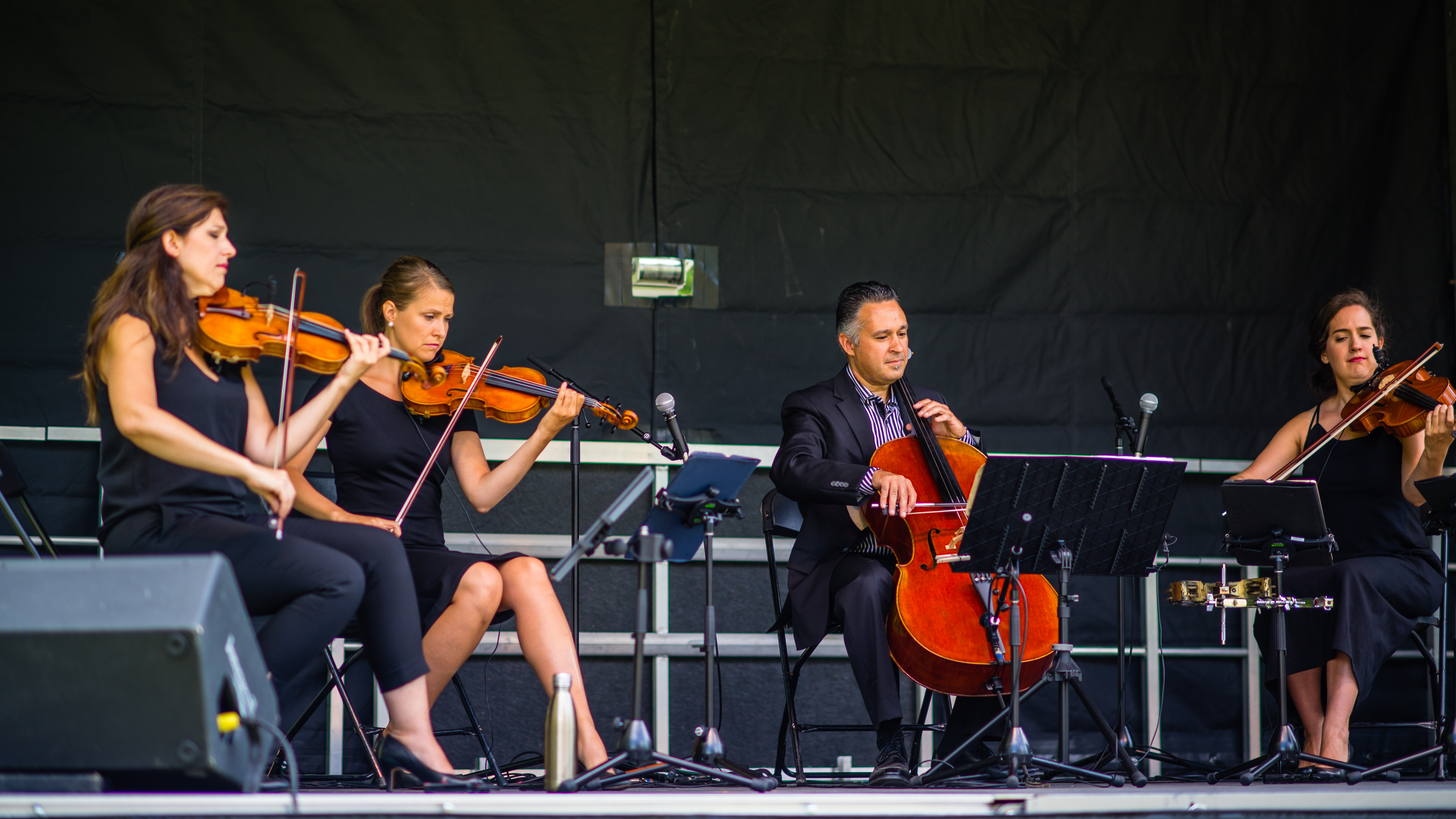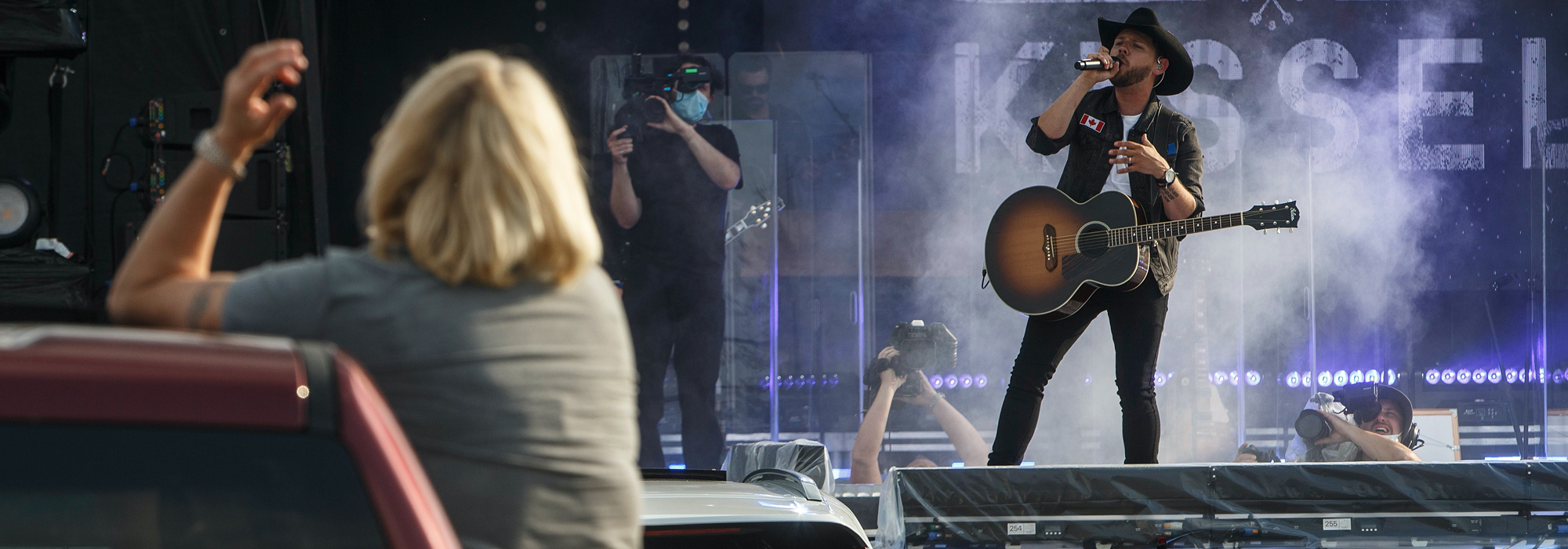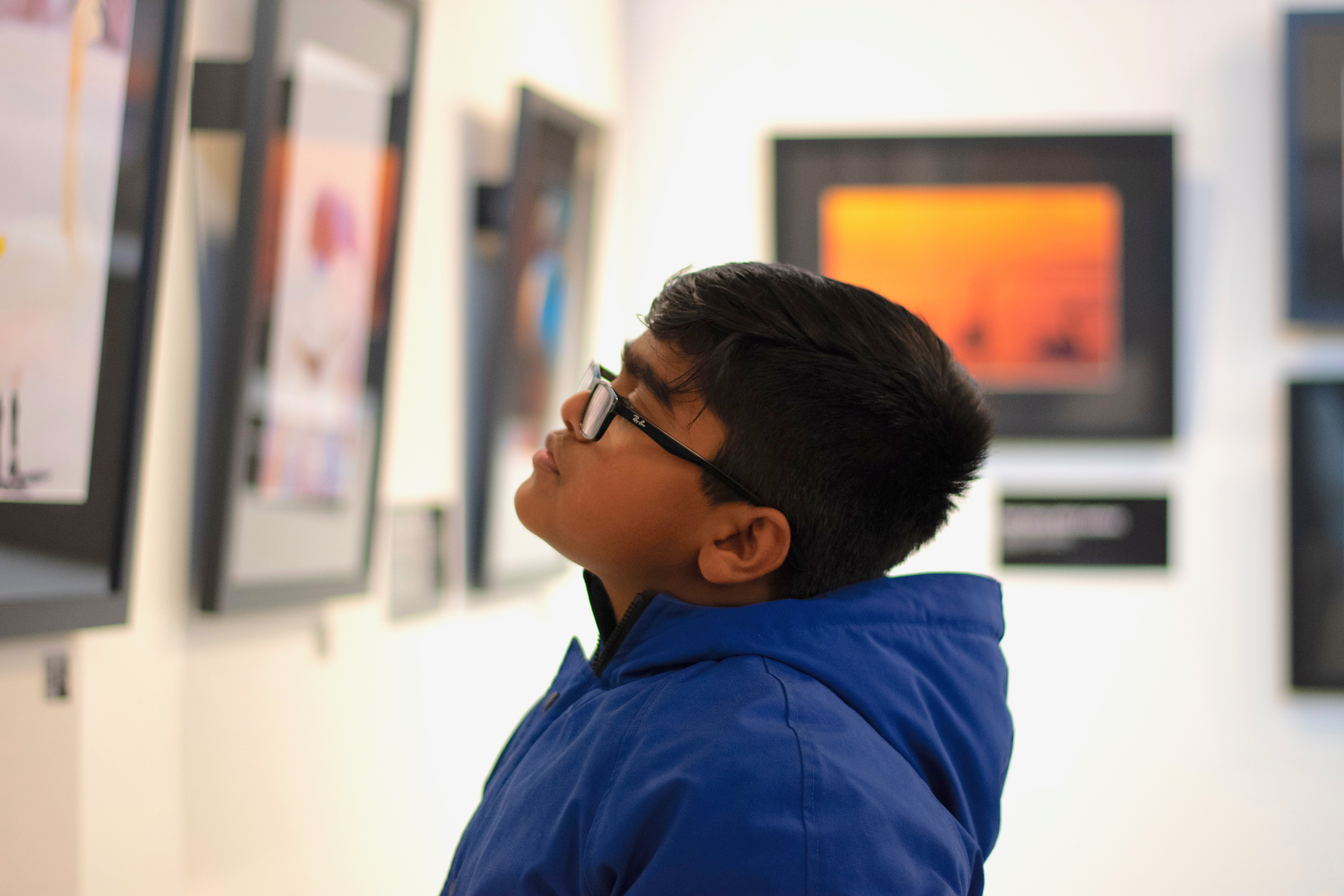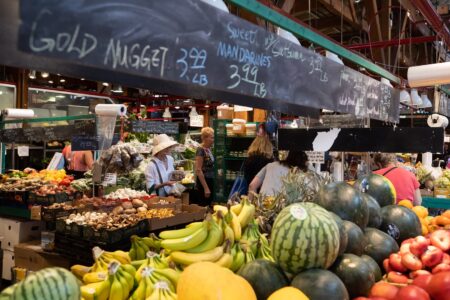
The COVID-19 pandemic has shattered the arts sector. The consequences for society will be devastating unless an agenda for innovation and inclusive growth is implemented to support the arts during and after COVID.
Innovation in the arts is essential because large gatherings are likely to be untenable for a long time. Inclusive growth is essential because the arts heal us, entertain us, give us meaning, drive economic activity and seed new ideas across sectors.
Mary Oliver’s Wild Geese has given people hope in dire times. Margaret Atwood’s dystopian warnings in A Handmaid’s Tale led a generation to ask profound questions about technocracy. Great classical music from other countries and centuries demonstrates to us that what we feel is not remote or disconnected from what others experience and have been through. Breakthroughs in architecture have reshaped our cities and transformed the ways in which we live together. Books transform us. Our musicians and actors and artists legitimize our experiences and give them meaning through their expression. Through the arts we come to understand other cultures. Without the arts, we would be isolated, reduced, fearful and uninspired.
Our leaders have understandably shut down all manner of performances, galleries and festivals under the judgment that the potential medical consequences of allowing them to continue are categorically unacceptable. Many schools are no longer teaching the arts under quarantine. Musicians cannot practice together – although some have sought to try through Zoom meetings with varying results. Writers are no longer on stipends, and actors have been furloughed. Museums have been closed. Many architectural projects have been delayed and may be delayed further given budgetary pressures.
Shutdown has led to an almost immediate elimination of nearly all revenue to the arts and all income to artists. For example, as a premier gallery, the Art Gallery of Ontario relied on government grants for more than 25 percent of annual revenues last year. During COVID, stretched governments prioritized employment assistance over grants to the arts. And, unlike in many other sectors, there is no immediate prospect of a revision of restrictions to allow arts activity to attract revenue through public exhibitions.
Even before the pandemic, the arts were often under-supported despite the large number of Canadians engaged in them. A 2019 report based on 2016 census data indicates that there are over 158,000 working artists in Canada. Furthermore, nearly three-quarters of a million Canadians work in cultural occupations, or one-out-of-every 25 workers – a category that includes museum curators, librarians, architects and designers. Nationally, artists comprise a larger proportion of the labour force than those working, for instance, in automotive manufacturing.
Before COVID-19, artists’ incomes were substantially lower than that of most Canadian workers. After COVID-19, artists – many of whom were living on the edge financially – are moving out of the arts to survive.
The arts must be recognized for their local and national contributions to entrepreneurship, business and tourism. A strong arts presence is understood to be an urban amenity that attracts diverse and talented workers alongside regional investments. A recent study based on US data finds that when science, technology, engineering and math along with creative occupations including designers, architects and artists are co-located in a city, greater returns to innovation (as measured by patent activity) result. Movie production in Vancouver and animation studios in Toronto are significant sources of employment.
Furthermore, arts are also a source of intangible value to society. We know that arts build resilience, a resource much needed in times of constant change. We also know that art education fosters imagination and creativity and that arts provide both health and economic benefits. Art therapy helps patients in recovery and rehabilitation. Alzheimer patients are often calmed and reassured by music. Whether we look at the Stratford Theatre Festival in Ontario, or the musical Festival de Lanaudière in Joliette, Que., arts bring employment and revenues to different corners of our country.
How do we sustain the arts in and after the pandemic? How do we innovate in ways that make the arts vibrant and accessible in the midst of the COVID-19 tragedy? Some steps have been taken already. Many organizations in the performing arts have moved online with both old and new content. The Metropolitan Opera Company has made old, unseen recordings available online. A troupe of Broadway artists ran Zoom events from their homes. The National Ballet of Canada shared Dancing in Isolation. Musicians have stepped up with impressively choreographed broadcasts with each artist separated by others under social distancing rules. Book readings, tutorials and classes delivered digitally have all been developed. These are each important steps in their own right, but clearly much more action is needed.
First, federal, provincial and municipal governments must continue to ensure that relief packages are designed in a way that reaches artists. Many artists do not typically fit the profile of traditional employees: they freelance, are entrepreneurs, hold various part-time work, or live from gig to gig. Eligibility criteria for assistance packages do not always reflect the complex way in which artists make a living. Continuing vigilance is important to assure that aid reaches artists with non-traditional arrangements.

Second, the pandemic crisis should lead us to reimagine our cultural policies especially because it is accelerating the digital transformation that had threatened the arts with problems such as piracy even before the pandemic. We already have a model for how to accomplish this: A Massey Commission. Seventy-one years ago, the federal government created the Massey Commission with a mandate to propose ways to develop the fields of “letters, arts and science” (as they were known at the time). The Commission’s proposals led to the establishment and reenergizing of several national institutions, including both the Canada Council for the Arts and the National Film Board.
Over several decades, these institutions helped to support the development of both Canadian artists and national cultural identity. We must reiterate our commitment to the value of institutions that support the arts and the life of the mind. Post-COVID societies will require creativity and innovation: we must ensure that we have the right institutions and mechanisms to support a sustainable and vibrant arts scene.
Third, this crisis should lead to a deep reflection on equal access to culture and to the arts. In addition, special efforts must be undertaken to provide access to art production for vulnerable groups: from the disabled community to immigrant populations. Respect, support and space for Indigenous cultures must be part of our future understandings of arts. New bridge-funding programs should be created at the provincial level, with special allocations to include members of vulnerable populations, including immigrants, refugees, indigenous persons, women and people of colour. In Canada, art should be accessible at a range of geographies: neighbourhood, city, region, nation. Art should belong to everyone.
Fourth, we should try to stimulate opportunities to enjoy the arts as early as possible in the recovery period: new platforms for public experience must be created, whether projections on public buildings, celebration of music and dance with physical distancing, or architectural, murals or graffiti tours. Arts are necessary to our recovery and we should not delay our access to this resource. In planning re-opening, decision-makers must pay attention and support immediate access to art forms. It is here that municipal governments can play a leading role in supporting the arts as a key component of bringing life back to our cities and public spaces.
Finally, the lived experience of COVID-19 survivors needs to be captured. Narratives about what it was like to live through this pandemic will honour lives lost, sacrifices made and contributions to reimagining new possibilities. Art plays a crucial role in defining our capacity to prevent this from happening again. Part of preparedness for the future cannot be done without the reflection of the stories of the people affected. Their artistic expression must be heard and read.
The show must go on. It really must.
This article is part of the Building a More Inclusive Innovation Economy After the Pandemic special feature.















